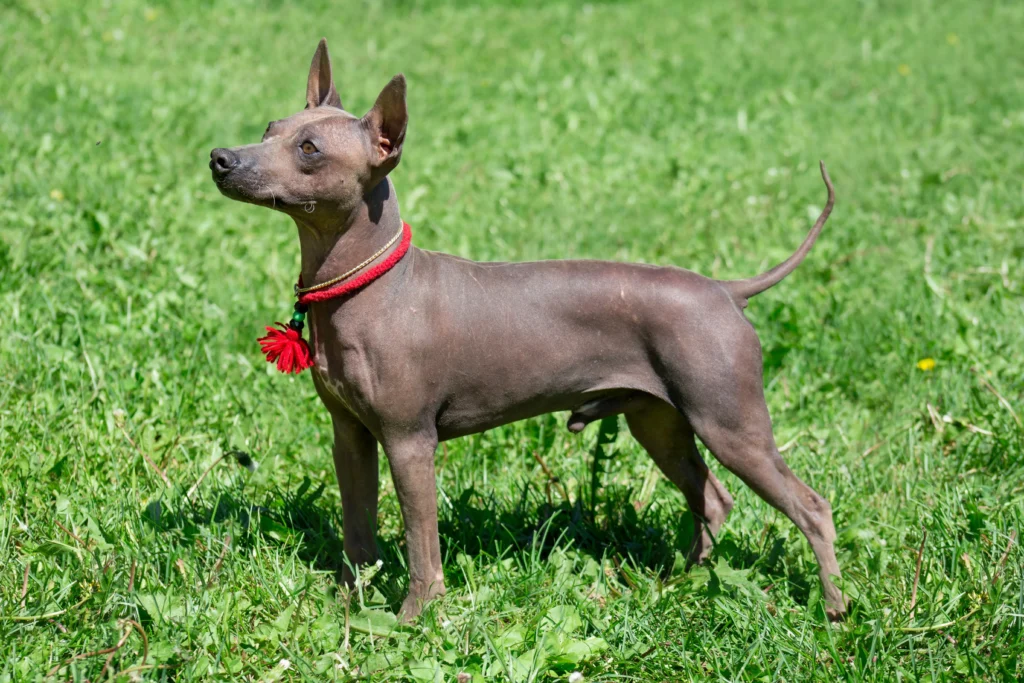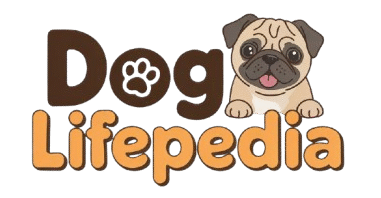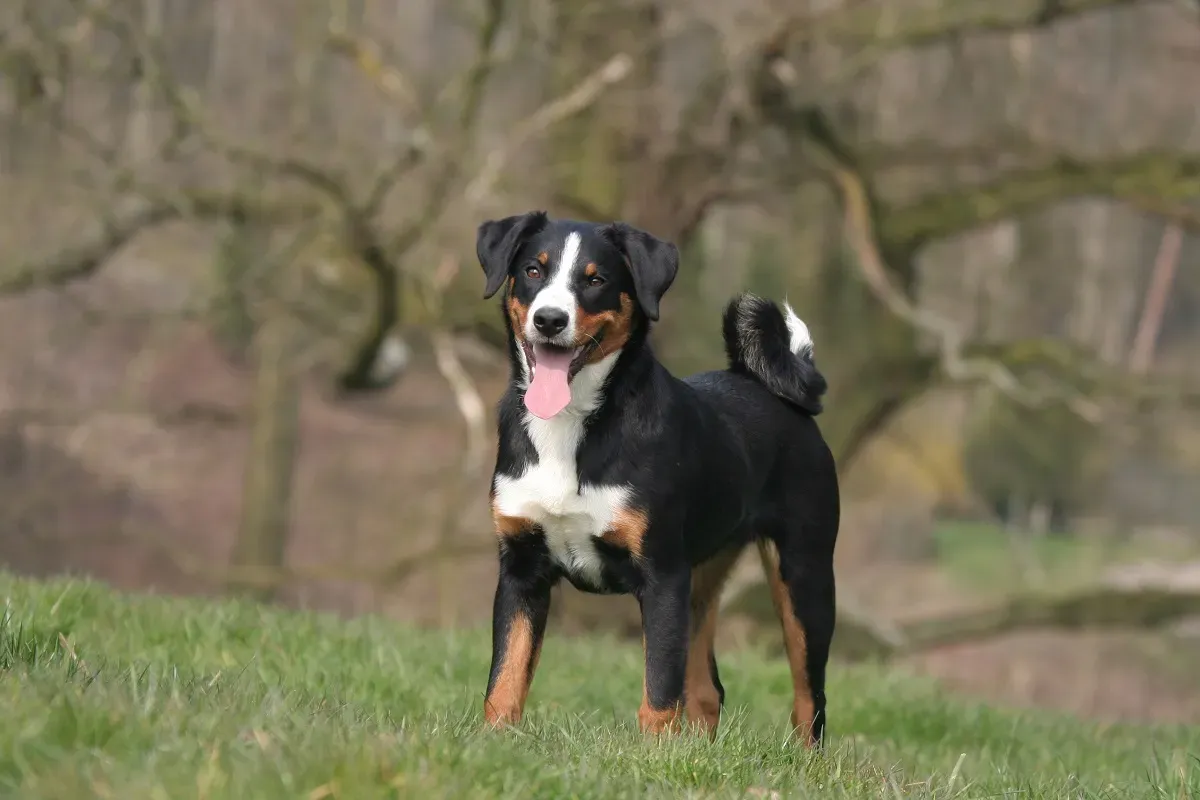
American Hairless Terrier
Heena
June 24, 2025

The American Hairless Terrier stands out not just because of its appearance—but because of its rare hairless coat, playful nature, and suitability for people with dog allergies. This intelligent, spirited breed offers all the liveliness of a traditional terrier with the added bonus of minimal shedding and easy grooming.
Whether you live in an apartment or a house, the American Hairless Terrier is a compact and alert companion that brings energy, love, and lots of fun.
🐶 Quick Facts: American Hairless Terrier at a Glance
Trait | Description |
Origin | United States |
Breed Group | Terrier |
Size | Small to Medium |
Weight | 12 to 16 lbs (5.4 to 7.3 kg) |
Height | 12 to 16 inches |
Lifespan | 14 to 16 years |
Coat Type | Hairless or short-coated (coated variety) |
Colors | Multiple: spotted, solid, brindle, and combinations |
Temperament | Lively, curious, intelligent, affectionate |
Energy Level | Moderate to High |
Good with Kids | Yes, very friendly |
Trainability | High |
Hypoallergenic | Yes (especially the hairless variety) |
🧬 History & Origin
The American Hairless Terrier originated from a spontaneous mutation in the Rat Terrier breed. In 1972, a hairless puppy named Josephine was born to a litter of Rat Terriers in Louisiana. She became the foundation for this new, unique breed.
Through careful and selective breeding, the hairless gene was stabilized, and the American Hairless Terrier was eventually developed as a separate breed, officially recognized by the American Kennel Club (AKC) in 2016.
This is one of the only native American dog breeds and the only hairless breed that evolved naturally in the United States.
🐕 Appearance
The American Hairless Terrier is small but sturdy, with a well-balanced, athletic build. The breed comes in two varieties: hairless and coated.
Key Physical Features:
- Head: Moderate width with a slightly domed skull
- Eyes: Round, expressive, and set wide apart
- Ears: Erect or semi-erect, naturally alert
- Body: Compact, muscular, and agile
- Tail: Tapered and set high
- Skin (hairless): Smooth, warm to the touch, often with freckles or spots
- Coat (coated variety): Short, fine, and close-fitting
Color Patterns: Hairless dogs often have spotted skin. Coated varieties may come in white, black, chocolate, brindle, and tan combinations.
💬 Temperament
True to its terrier roots, the American Hairless Terrier is curious, intelligent, and energetic. Despite their alertness, they are friendly and affectionate, making them great family companions.
Personality Traits:
- Energetic: Loves to play, dig, and explore
- Affectionate: Bonds closely with family members
- Alert: Makes a good watchdog but rarely aggressive
- Sociable: Gets along well with children and other pets
- Confident: Bold and fearless without being aggressive
They tend to form strong attachments and thrive on companionship, so they’re not ideal for long hours of solitude.
🏃 Exercise and Activity Needs
Although small in size, the American Hairless Terrier is quite energetic and needs regular activity to stay happy and well-behaved.
Ideal Activities:
- Daily walks (30–60 minutes)
- Interactive toys and puzzles
- Agility or obedience sports
- Off-leash play in a safe, fenced area
- Indoor games like fetch or hide-and-seek
Mental stimulation is just as important—these dogs love solving problems and learning new tricks.
🧼 Grooming and Maintenance
This breed is very easy to maintain, especially the hairless variety—but skin care is essential.
Grooming Tips:
Hairless Variety:
- No brushing needed!
- Apply dog-safe sunscreen when outdoors
- Protect from cold weather with sweaters
- Regular baths (weekly or bi-weekly) to avoid clogged pores
- Monitor for skin irritations or sunburn
Coated Variety:
- Light weekly brushing
- Occasional bathing
Ears, teeth, and nails require regular care for both types
🎓 Training and Intelligence
The American Hairless Terrier is highly intelligent and eager to learn. It responds best to positive reinforcement and consistent routines.
Training Tips:
- Start training early—especially socialization
- Use treats, praise, and play as rewards
- Keep training sessions short and engaging
- Avoid harsh corrections; this breed is sensitive
- Crate training and basic obedience are highly recommended
With proper training, they excel in agility, rally, and obedience competitions.
🏥 Health and Lifespan
The American Hairless Terrier is a generally healthy breed with few inherited issues, particularly because they were bred with a narrow focus on health and stability.
Potential Health Concerns:
- Skin issues (sunburns, dry patches)
- Dental problems (common in small breeds)
- Patellar luxation (knee cap dislocation)
- Allergies (environmental or food-related)
With good care, they live long, healthy lives—14 to 16 years is typical.
👪 Is the American Hairless Terrier Right for You?
This breed is ideal for individuals or families who want a unique, allergy-friendly, and active dog that thrives on attention.
✅ Great Fit For:
- Families with children
- Allergy sufferers (low dander)
- First-time dog owners
- Apartment dwellers (with daily walks)
- Owners looking for a playful, indoor-friendly pet
❌ Not Ideal For:
- People away from home for long hours
- Owners unwilling to manage sun or cold exposure
- Those seeking a quiet or low-energy dog
📝 Final Thoughts
The American Hairless Terrier offers a perfect blend of uniqueness, energy, and companionship. Their hairless coat, lively personality, and loyalty make them a standout choice for anyone seeking a smart, clean, allergy-friendly dog that’s full of spirit.
If you’re ready to commit to their needs—and enjoy a little extra skin care—this rare terrier will reward you with years of joy and adventure.
FAQ
Are American Hairless Terriers truly hypoallergenic?
They are among the best choices for allergy sufferers, but no dog is 100% hypoallergenic. They produce minimal dander and shed very little.
Do they bark a lot?
They’re alert and vocal, especially when bored or sensing something unusual—but proper training can minimize excessive barking.
Can they be left alone?
They can tolerate short periods alone but thrive best with human companionship.
Are they fragile because they have no fur?
Are they fragile because they have no fur?
Not really! They’re tough and athletic, but they do need protection from the sun and cold.
Choose this breed if you want:
- A powerful, dignified protector
- A dog that’s intelligent, trainable, and loyal
- A companion for active households
- A breed with a strong work ethic and calm demeanor
Avoid if you want:
- A low-maintenance or small dog
- An easygoing, independent breed
A breed suitable for apartment living with minimal time commitment

